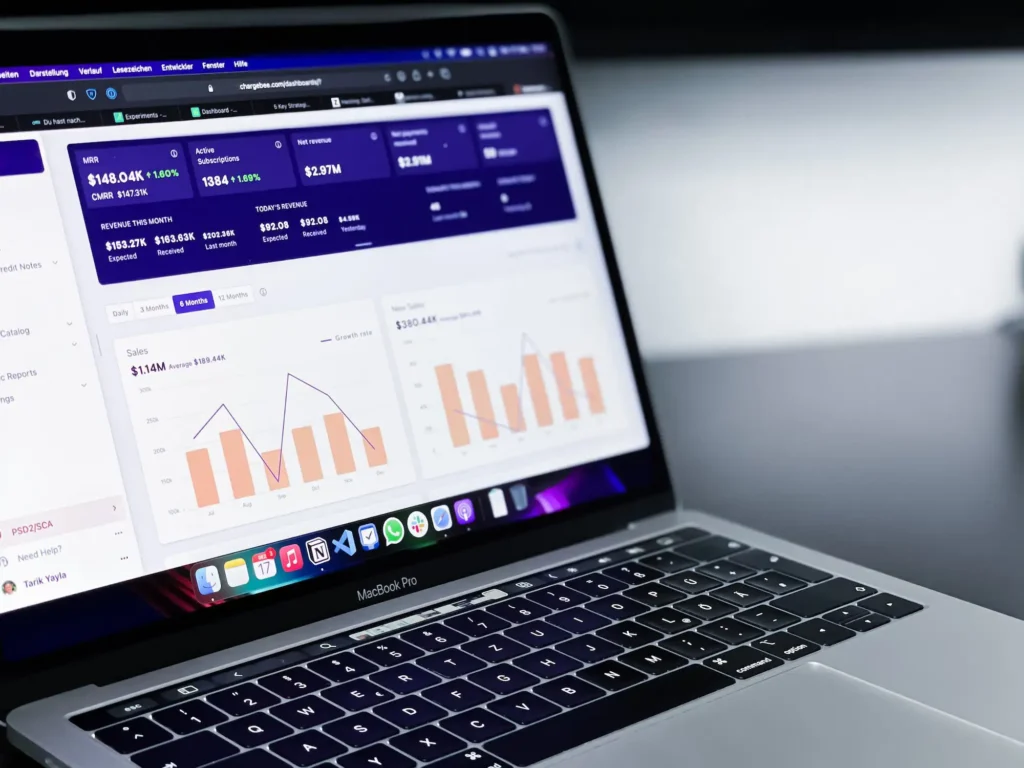Summary
- A market-informed perspective is essential for a contextualized understanding of your retail performance.
- This involves benchmarking against competitors to gain insights into product trends, market movements, and potential opportunities.
- While this lens is crucial, retailers must utilize all three for a complete view of their performance.
- By combining the market-informed lens with profit-aware and customer-centric lenses, retailers gain a holistic picture and can make informed, data-driven decisions.
Your Competitive Superpower: Leveraging Market Data
In the world of retail, to truly understand your performance, you must look outside your own four walls to contextualize your decisions. Your view must be market-informed.
While a market-informed lens serves an individual purpose, it is important to realize that only when combined with the profit-aware and customer-centric lenses do you gain a comprehensive visualization of your holistic performance.
However, in this blog series, we will break down the meaning and importance of each lens – starting with market-informed.
Market-Informed Definition
Being market-informed means gaining a competitive edge by benchmarking against your competitors to identify product trends, market movement, and whitespace opportunities. Context is crucial when determining why your assortment isn’t selling, which is why this lens is essential in any merchandising decision.
How Does a Market-Informed Lens Work Across Different Use Cases?
Assortment
From planning your assortment pre-season to adjusting in-season, having access to real-time and historical data from your competitive market is crucial to ensuring your decisions are market-informed.
This means getting insights into questions like:
- How does your assortment size and category mix compare with direct competitors?
- How are runway trends and themes being represented in the market?
- Which competitor products are experiencing sell outs and performing the best?
Pricing
Pricing in retail is a delicate science. You have to strike the right balance of pricing high enough to maximize profit without turning customers off by overpricing, or undervaluing the product by pricing too low. One way to ensure your pricing is in the optimal range (and you’re not losing out to your competitors) is by tracking competitors’ prices for a market-informed pricing strategy.
Competitive pricing data allows you to answer:
- How does your average selling price compare with direct competitors?
- How are competitors pricing similar products, and are you benchmarked higher or lower?
- How does your discounting depth and proportion compare to competitors?
Site Merchandising
Benchmarking your site against competitors provides excellent intel to identify messaging opportunities and cadences, optimize product exposure, and measure impact. By understanding what is working for other players in the market, you can better adjust your own site merchandising strategy.
You can optimize your website by accessing data to answer:
- What are the best-selling products within your competitors’ ranges?
- What trends or styles do your competitors rank at the top of their category landing pages?
- Which campaigns, edits, or product spotlights do your competitors have that you are missing in your communications?
The Danger of Decision-Making Without Market Context
Imagine a retailer wants to increase average selling prices for the upcoming season. The team reviews their most profitable products and prices from last season and benchmarks their average prices against overall profit targets. They also surface which higher-priced products or categories their most profitable customer cohorts purchase.
While this analysis is profit-aware and customer-centric, it does not take market context into account. Without a market-informed view, this retailer risks setting prices higher than competitors, potentially pricing themselves out of the market.
Luckily, EDITED’s Retail Intelligence Platform is uniquely positioned to give retailers clarity through all three lenses simultaneously.
Conclusion
To succeed in the fast-paced, increasingly competitive world of retail, you must have access to retail technology that gives your team a market-informed view.
However, a market-informed lens is only one part of the equation for success. You must utilize technology that brings together your business, market, and customer data in one place, thus layering the market-informed, profit-aware, and customer-centric lenses for a complete, clear view of performance.
Book a meeting with us and see firsthand how EDITED’s connected insights bring you clarity of your business for better, data-powered decisions.




